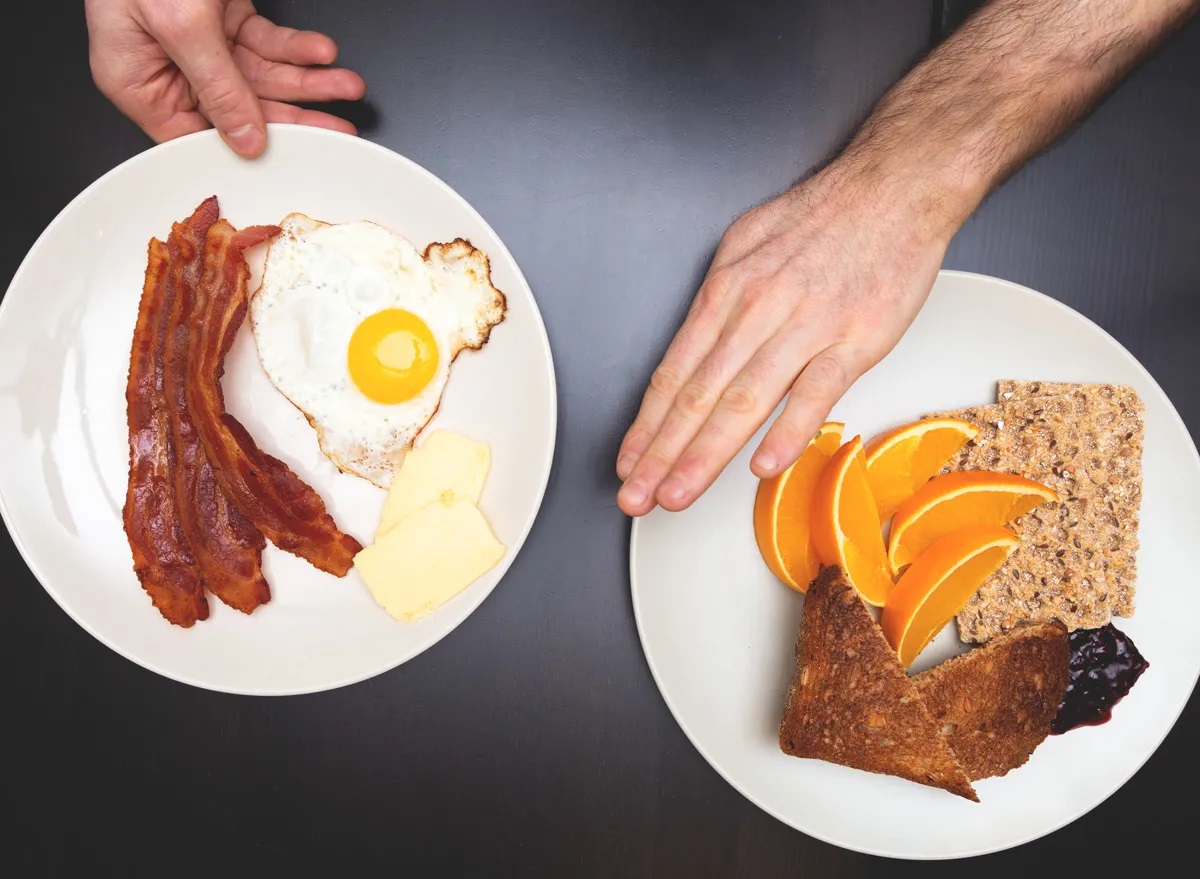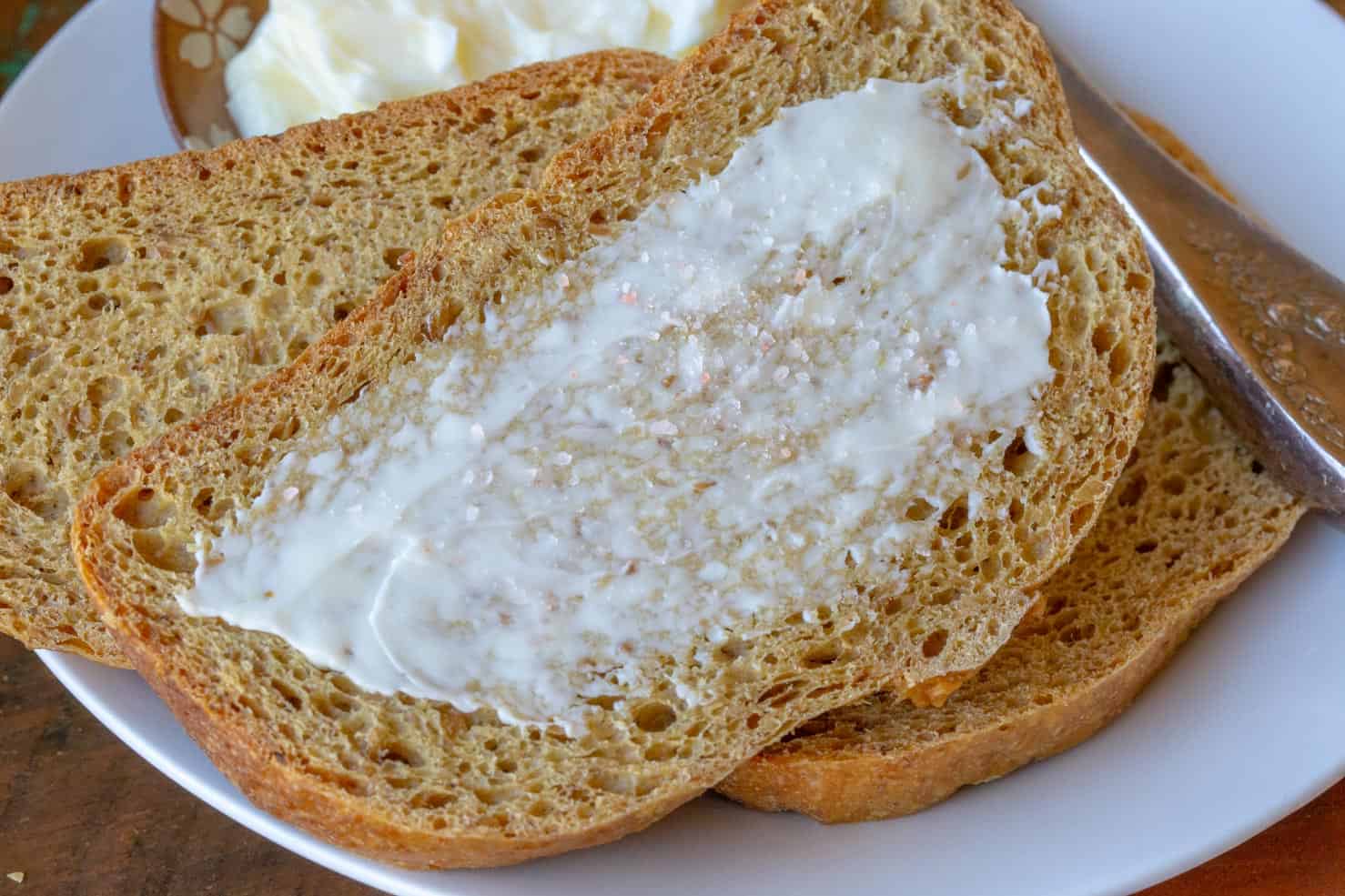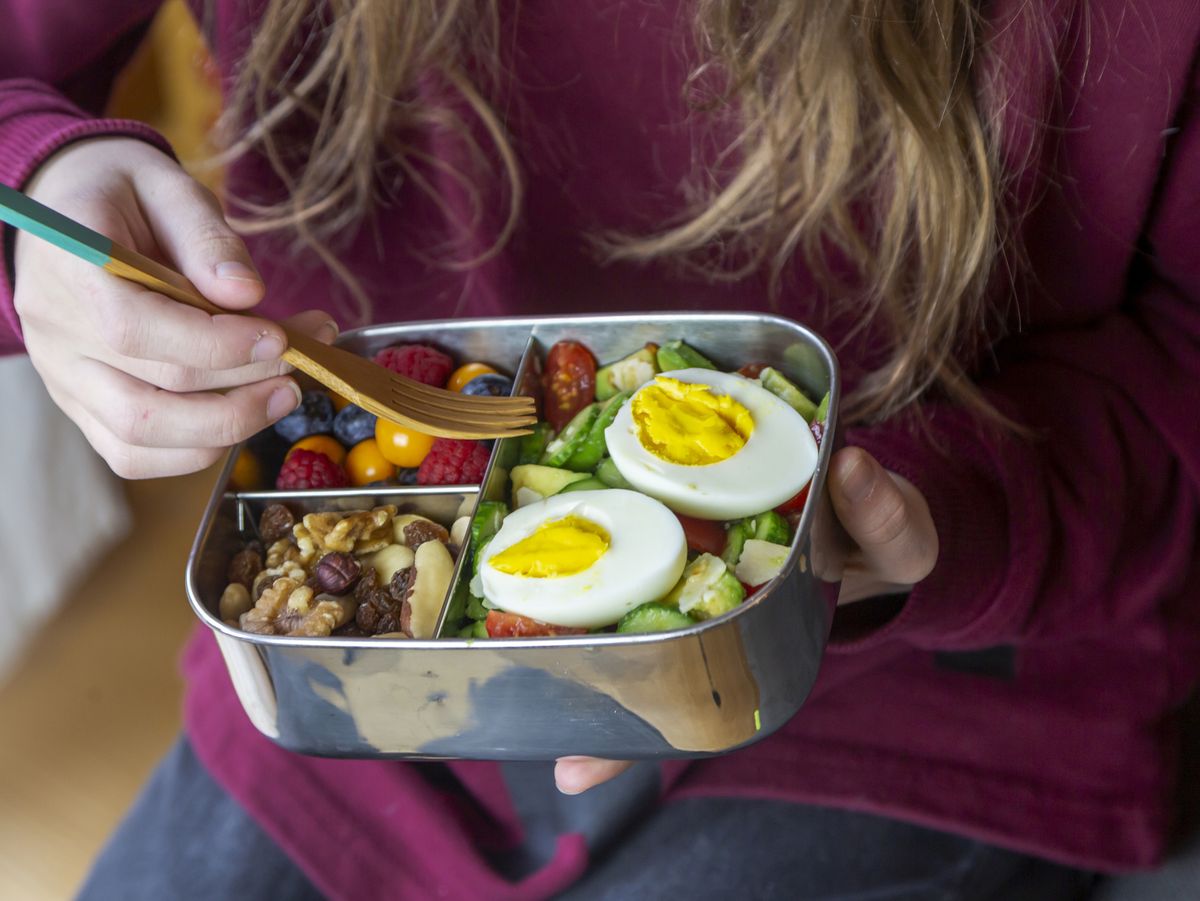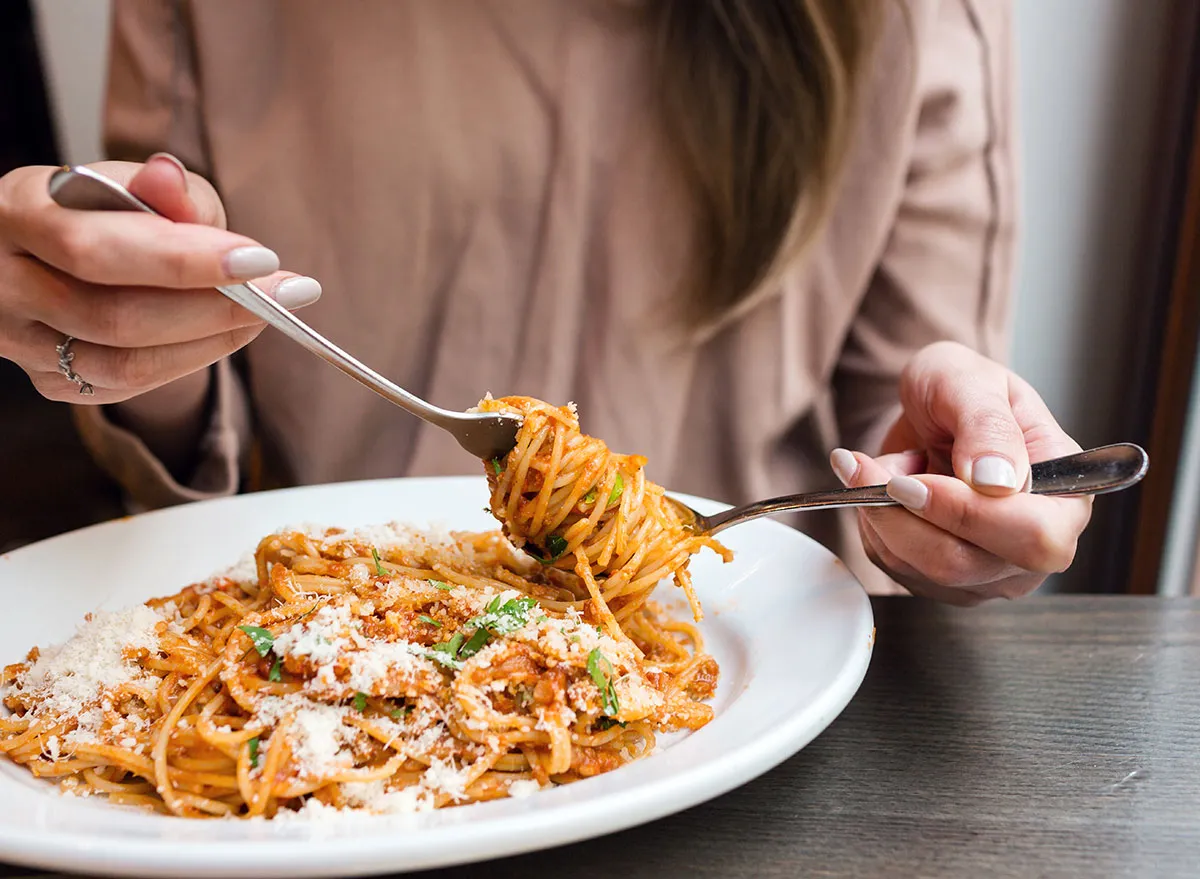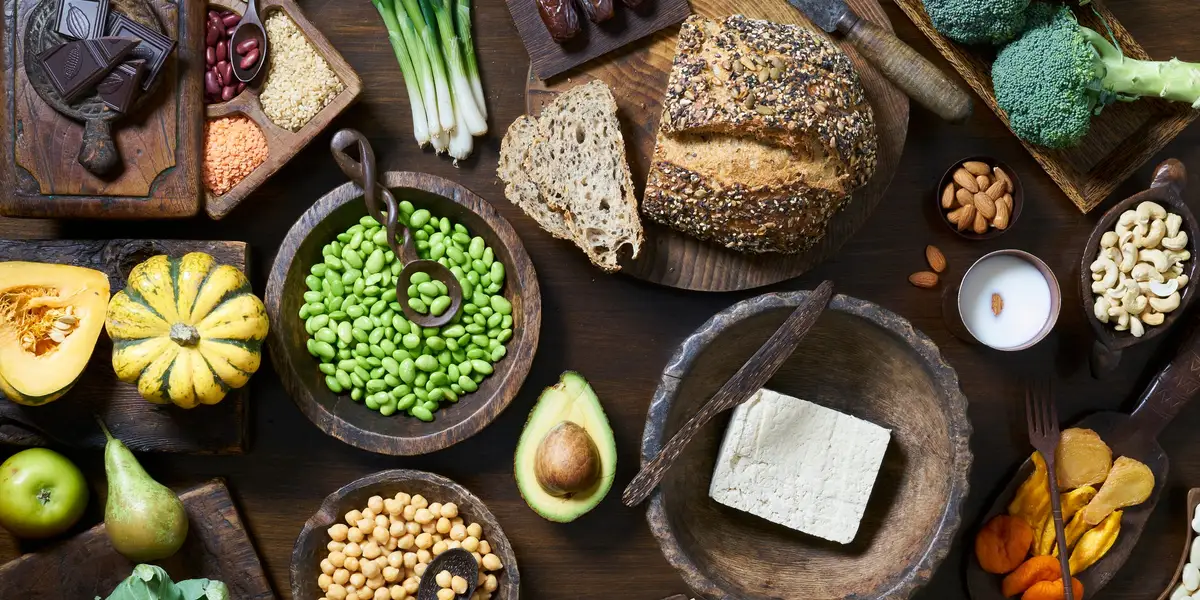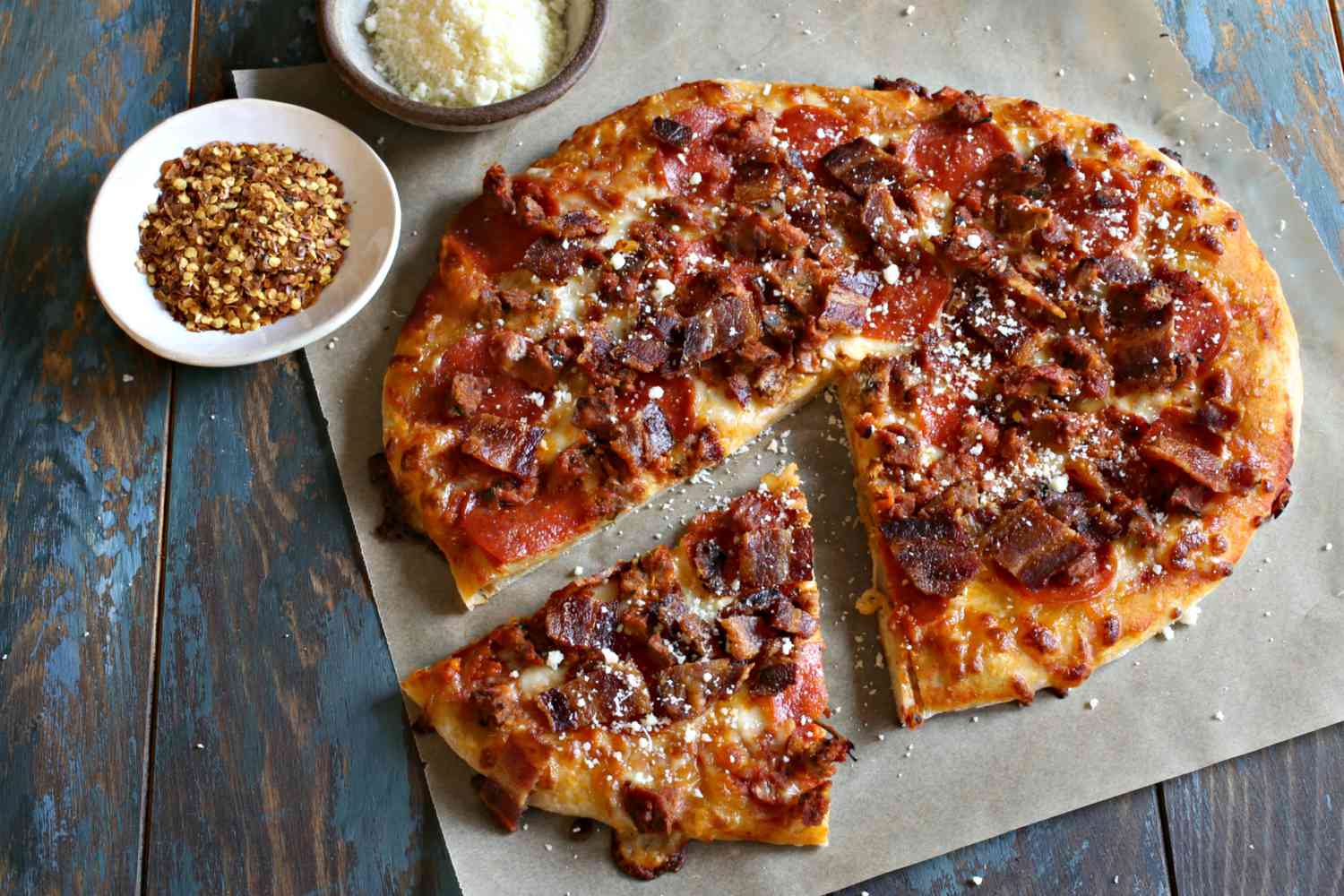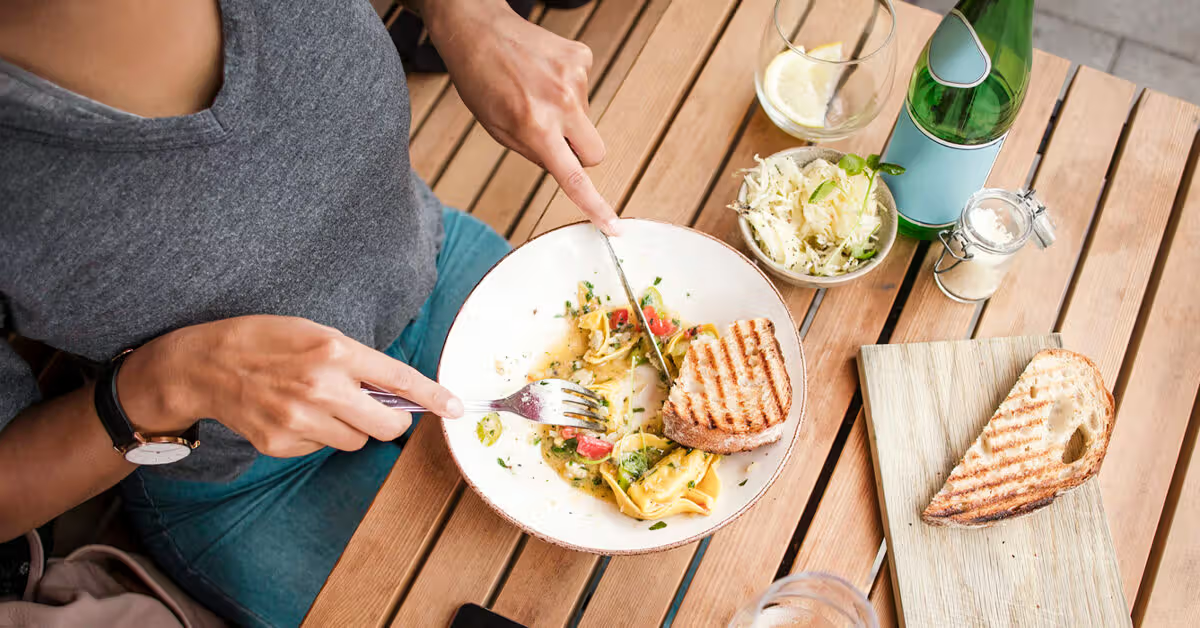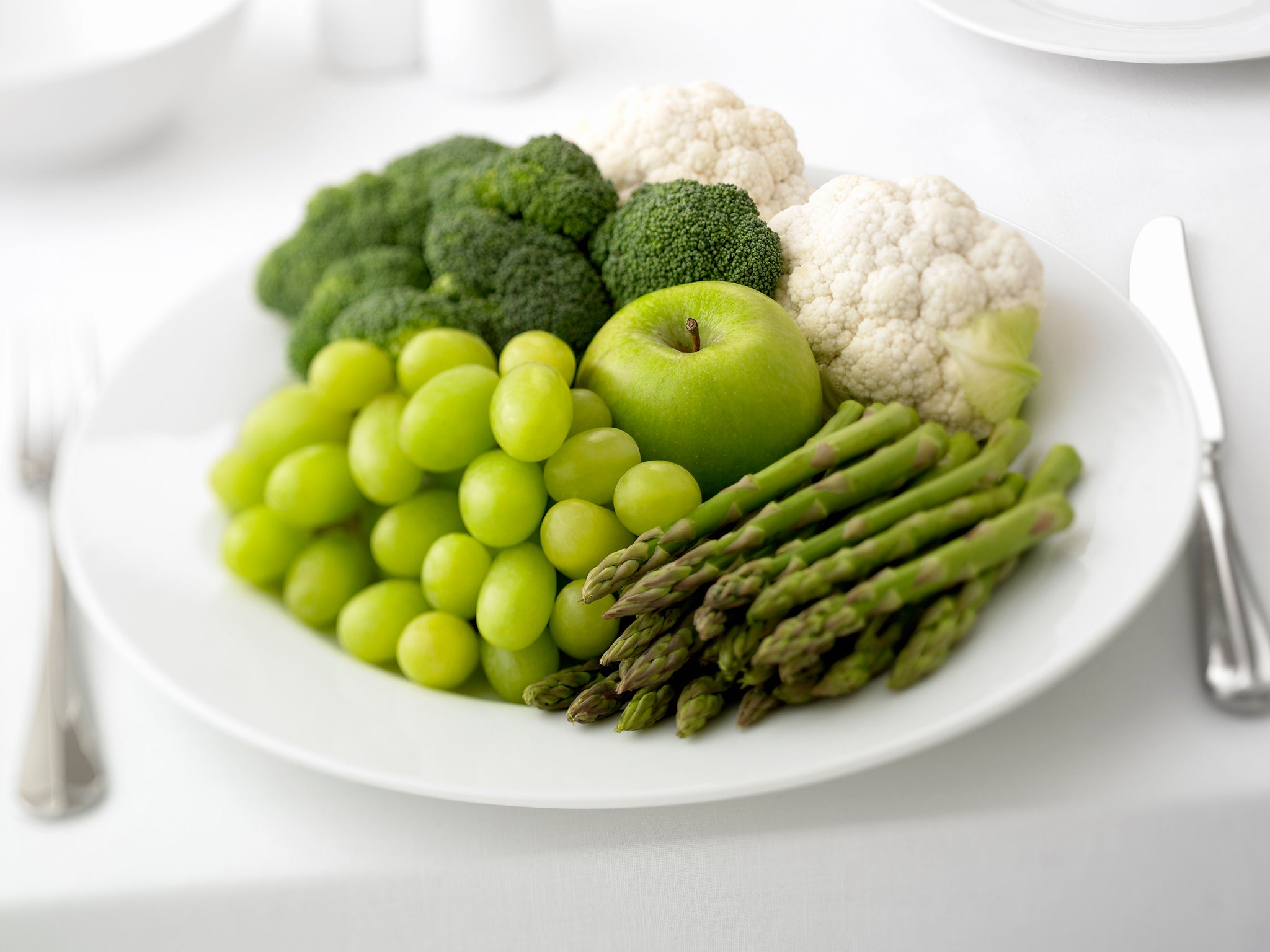How to Increase Caloric Intake While Reducing Carb Consumption
For many people, the goal of increasing caloric intake while reducing carb consumption can be a challenging task. Whether you’re looking to gain weight, build muscle, or simply improve your overall health, finding the right balance between calories and carbs is essential. Here are some tips to help you achieve this balance and meet your dietary goals.
Focus on Nutrient-Dense Foods
When trying to increase your caloric intake while reducing carbs, it’s important to focus on nutrient-dense foods. These are foods that are high in essential nutrients like vitamins, minerals, and healthy fats, without being loaded with empty carbs. Some examples of nutrient-dense foods include:
- Avocados
- Nuts and seeds
- Fatty fish like salmon and mackerel
- Olive oil
- Leafy greens like spinach and kale
Choose Healthy Fats
Healthy fats are an excellent way to increase your caloric intake without relying on carbs. Fats are more calorie-dense than both carbs and protein, so incorporating them into your diet can help boost your overall calorie consumption. Some healthy fat sources to consider include:
- Coconut oil
- Avocado oil
- Nuts and nut butters
- Seeds like chia and flaxseeds
- Fatty fish
Opt for Lean Protein Sources
While protein is an essential macronutrient for building and repairing tissues, it’s important to choose lean sources to minimize carb intake. Opt for lean protein sources such as:
- Chicken breast
- Turkey
- Egg whites
- Lean cuts of beef or pork
- Plant-based proteins like tofu and tempeh
Limit Processed Foods
Processed foods are often high in both calories and carbs, making them less than ideal for those looking to increase caloric intake while reducing carb consumption. These foods are typically loaded with added sugars, refined carbs, and unhealthy fats. Instead, focus on whole, unprocessed foods to ensure you’re getting the nutrients you need without the excess carbs.
Monitor Your Intake
Tracking your food intake can be a helpful tool in managing your calorie and carb consumption. There are many apps and websites available that can help you track your daily intake and ensure you’re meeting your goals. By monitoring your intake, you can make adjustments as needed to maintain the right balance of calories and carbs for your individual needs.
Final Thoughts
Increasing caloric intake while reducing carb consumption is a goal that can be achieved with the right approach. By focusing on nutrient-dense foods, incorporating healthy fats, choosing lean protein sources, limiting processed foods, and monitoring your intake, you can strike the right balance to meet your dietary goals. Remember, it’s essential to consult with a healthcare professional or a registered dietitian before making significant changes to your diet, especially if you have any underlying health conditions.
With these tips in mind, you can work towards achieving a diet that supports your overall health and wellness goals.

